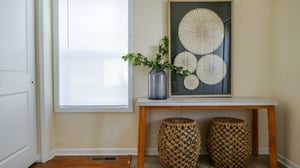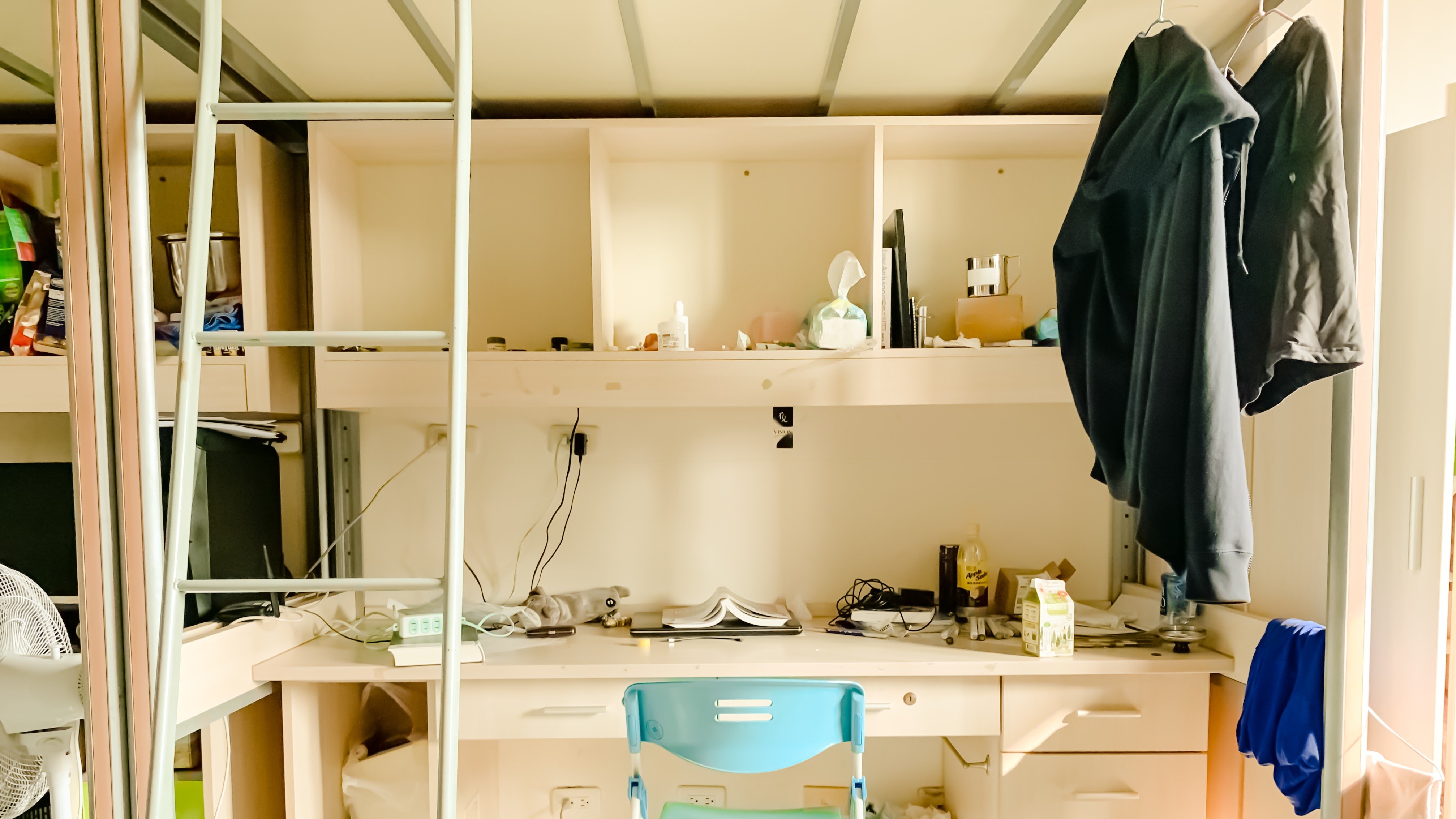First-Time Family Home: Your 30-Day ReStore Setup Plan
Furnishing your first family home is exciting. But it takes time.
![Tips for Furnishing a New Home [Checklist]](https://restore.tchabitat.org/hubfs/blog/2019%20Blog%20Images/July/Furnishing%20a%20New%20Home%20-%20Featured%20Image.jpg)

Just moved into your new home? Next step – furniture shopping! But where to start? Buying a new home can mean moving into a larger space, smaller space, or simply just a different layout that requires different sizes or styles of furniture. You might need a number of new pieces of furniture to fit the new space. This is also an exciting opportunity to make your house feel like home. So what steps should you take before buying your new furniture?
Now let’s take a closer look at potential furniture needs by room. This can help you prioritize your shopping list based on which rooms you use the most.
Common bedroom pieces include a bed, dresser, and nightstand. Depending on the size of the room, there may be space to add a bookshelf, vanity, or chair. Start with the essential pieces and build out from there. Many furniture stores offer bedroom sets with matching pieces. Buying a set can help alleviate some stress of finding items that go well together. Then you can give the room your own personal touch with accent pieces and artwork. If a bedroom is small, you can make it seem larger by avoiding too much furniture and eliminating clutter. Light colors - floors, walls, bedding and window treatments, also can make the room feel larger.
The living room is another heavy-traffic part of the house. Determine how you want to use this space before buying furniture. Many living rooms focus the furniture around a TV. A living room set up like this would include a couch, chair, end tables, and entertainment center. But some people use living rooms as a gathering space, with seating areas meant for conversations instead of watching television. This could mean two smaller couches or a set of chairs facing each other around a coffee table. (For proper legroom, leave 14 to 18 inches between the furniture and the coffee table).
Some homes have a space for dining within the kitchen while others have a separate dining room – and some have both! What kind of space do you have for dining? Do you need a small table that fits within a kitchen, or a large dining set with a buffet? It is essential to measure when choosing a dining room table. Consider your space as well as how many chairs you need for your family members as well as entertaining purposes. Note that many tables include a “leaf” which can be removed when the extra length is not needed. How much room should you leave for your chairs? We suggest at least 36 inches between the edge of the table and the wall or other furniture.
While often overlooked, the kitchen tends to be a popular gathering spot. What kind of furniture can make this space useful and inviting? A cozy corner booth can be great for mealtimes as well as an ideal spot for kids to do homework while parents cook dinner.
Some homes have an office or an extra bedroom that can be used as a workspace. The main piece of furniture needed here is a desk, and perhaps a bookshelf or filing cabinet. Unless you regularly work from home, this is a room that can be at the bottom of the priority list.
Decorating your home and selecting furniture can be a fun part of homeownership. Following these tips can help you stay focused on what’s important without breaking your budget!
Your gift unlocks bright futures! Donate now to create, preserve, and promote affordable homeownership in the Twin Cities.

Furnishing your first family home is exciting. But it takes time.

In late April, our ReStore team partnered with staff members from our Homeownership department to help furnish a Habitat home. The home was then open...

Back-to-School Sale! Show your student or educator, staff, or faculty ID at checkout to save 10% on your entire purchase from August 1 to...